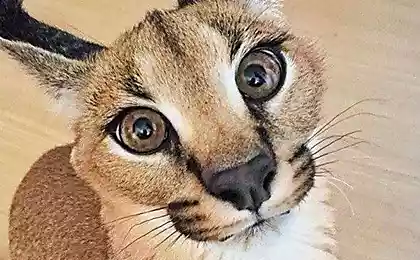535
12 interesting facts about mammoths
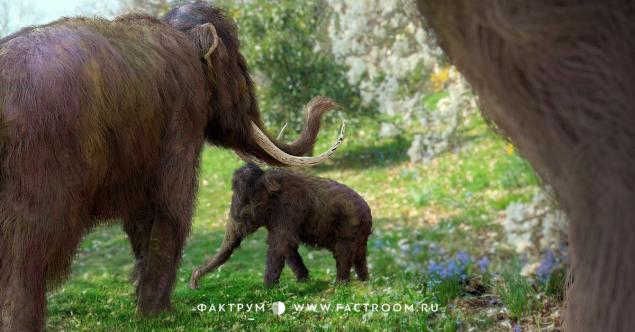
But how much do we know about the mammoths? The website I'm willing to bet that the last time the reader thought about the ancestors of woolly elephants in childhood. Are delighted to offer the reader a selection of interesting facts about mammoths. 1. Woolly mammoths began to go extinct 10 thousand years BC, but the population on Wrangel Island disappeared only 4,000 years ago. At this time built the Palace of Knossos on Crete, the Sumerians lived his last days and it took 400-500 years was built the Great Sphinx and the pyramid of Cheops.

2. The latest living 4,000 years ago, mammoths were themselves small as were the phenomenon called island dwarfism, where the size of animals isolated on small areas, over time, radically reduced due to lack of food. Height mammoths from Wrangel island did not exceed 1.8 m.
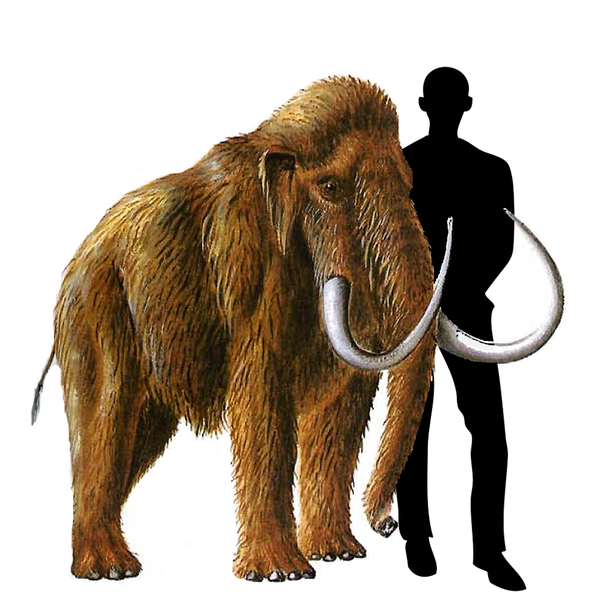
3. Evolutionary branch of the Indian elephant and mammoth diverged 4 million years ago, and with the African elephant — 6 million, so the Indian elephant are genetically closer to the mammoth.
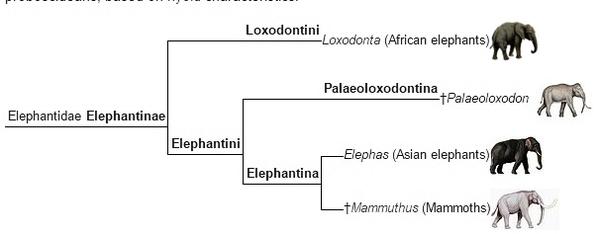
4. The hump on the back of a mammoth is not the result of vertebral processes. In this powerful animals accumulate fat reserves, like a modern camel.
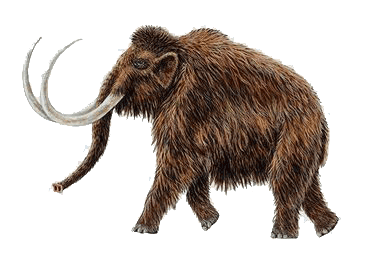
5. Ancestor of the woolly mammoth, the steppe mammoth is superior to its descendant in size: he had a height of 4.7 m when the height of the woolly mammoth did not exceed 4. Lived on the mammoth steppe of the southern Urals, modern Kazakhstan, Stavropol and Krasnodar Region; extinct with the onset of the ice age.
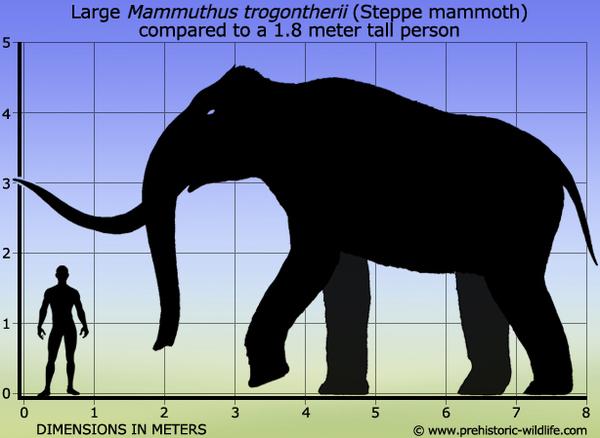
6. The Russian word "Mammoth" comes from Mansi "Mang ONT" (ground rig) — name, it is logical to assume that fossil Tusk. And when an animal is classified, the name of the Russian language has got all the others (e.g. the Latin "Mammuthus" and the English "Mammoth).
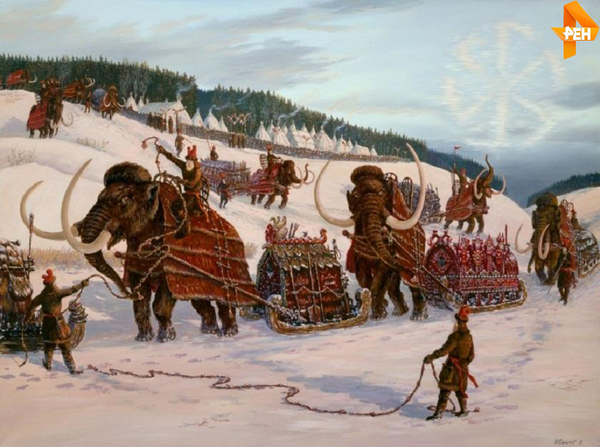
7. Products made of mammoth tusks are much cheaper products from the tusks of modern elephants due to the illegal fishery of the latter and relatively large fossil reserves in Western Siberia. So now under "ivory" means it is the bone of a mammoth (with the exception of items that have been made, when elephant hunting was not yet banned).

8. Fishing mammoth bones are often involved in illegal black diggers. Method of extracting bones from the soil is the leaching of soil a powerful jet of water through the fire pump. Production of illegal tusks by two parameters:
- First, from the point of view of the legislation of the Russian Federation, the tusks represent the minerals that are the property of the state, and the diggers sell them for personal purposes.
- Secondly, together with the ground flow of water destroyed preserved in the permafrost of animal tissues, which are of great value to science.
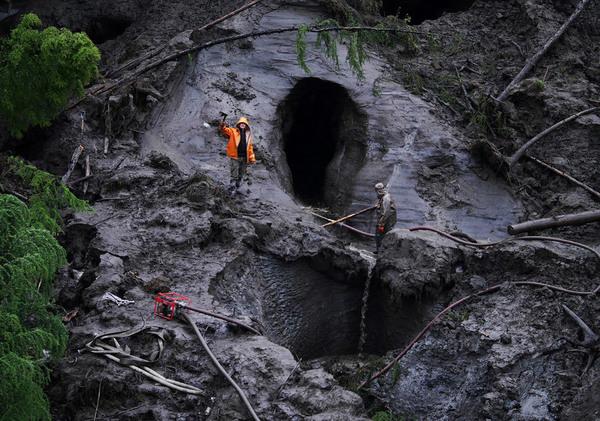
9. The price of ivory on the black market vary and mainly depend on the quality and sound. For example the one in the photo was sold for 2.2 million rubles.
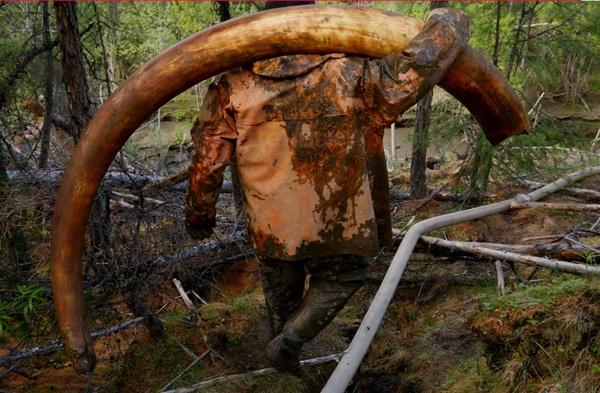
10. In view of adaptability to harsh conditions, mammoth required 180 kg of food daily to maintain health, and the African elephant for this purpose, you need 300 kg.
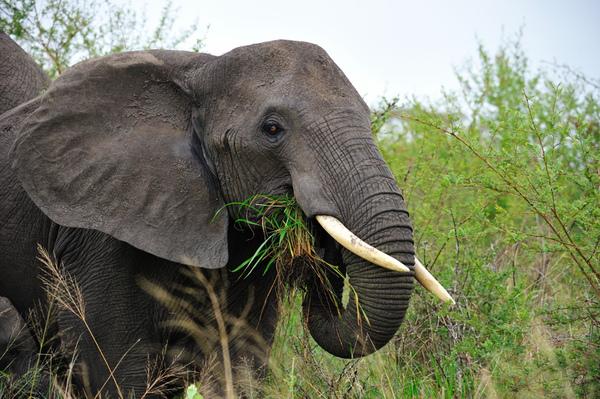
11. It is believed that fossil skulls of mammoths served as a prototype for the creation of the Cyclops is a large size, the nostrils resembling a huge eye, and a bit of ancient Greek imagination...
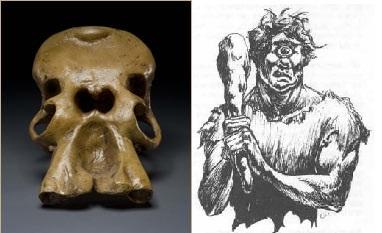
12. In Valencia molar tooth of a mammoth was worshipped as the relics of St. Christopher's, and in 1789 (only 10 years before the official scientific classification), the canons regular of St. Vincent wore a thigh bone of the mammoth in their processions, giving her the rest of your arm called Holy.

via pikabu.ru/story/12_interesnyikh_faktov_o_mamontakh_4694612




















